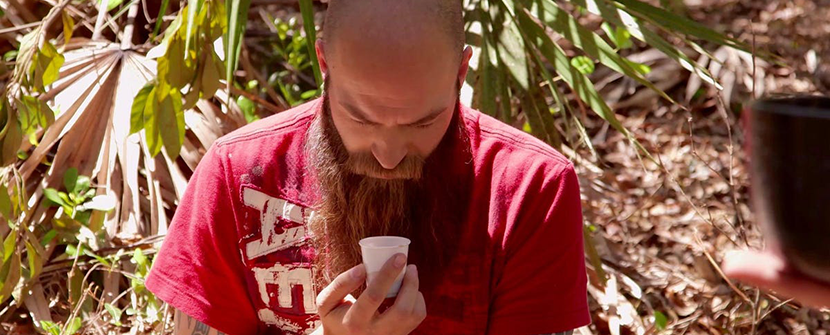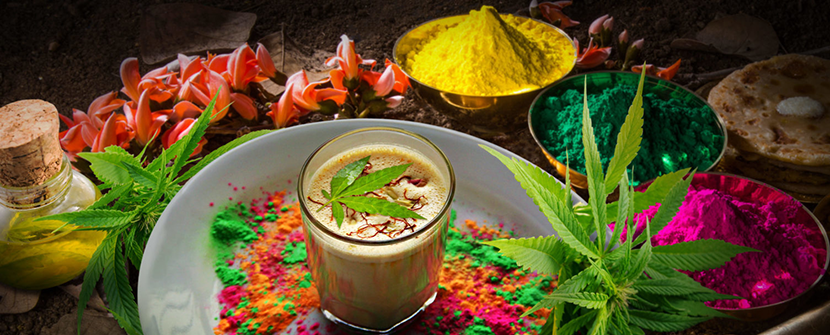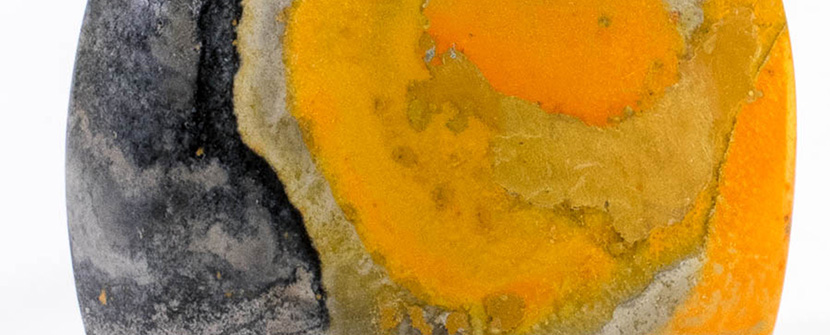
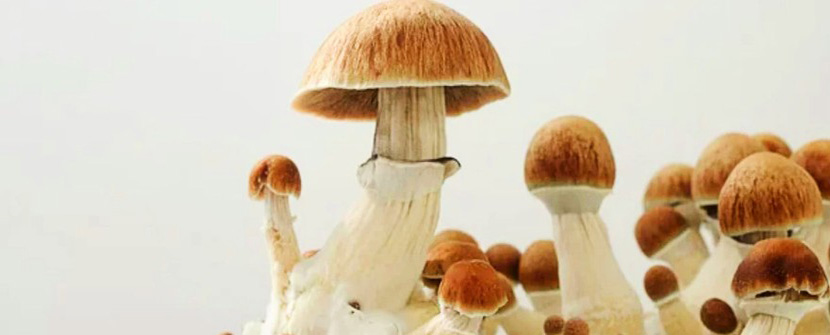
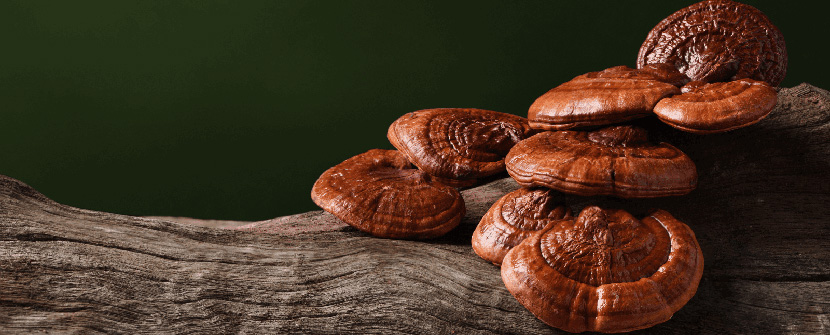
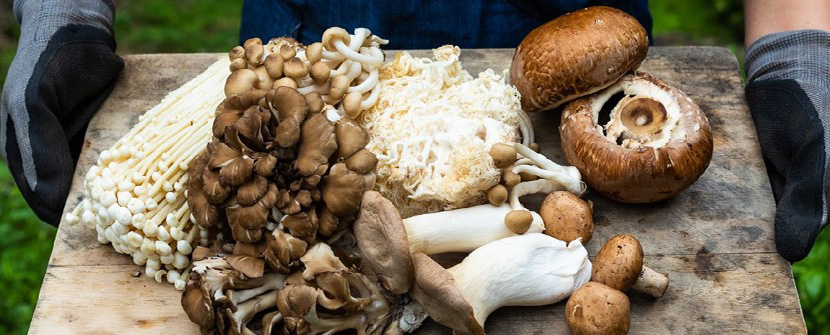
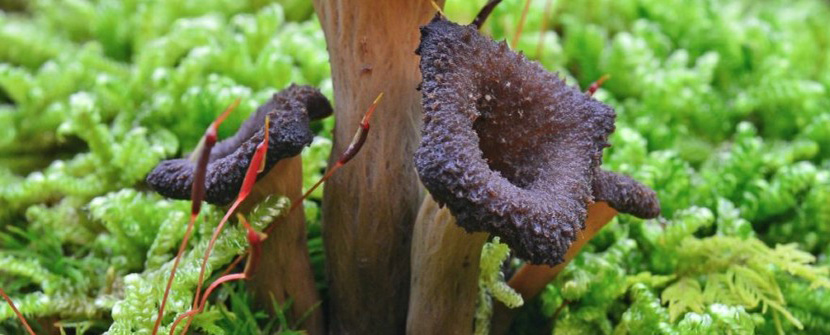
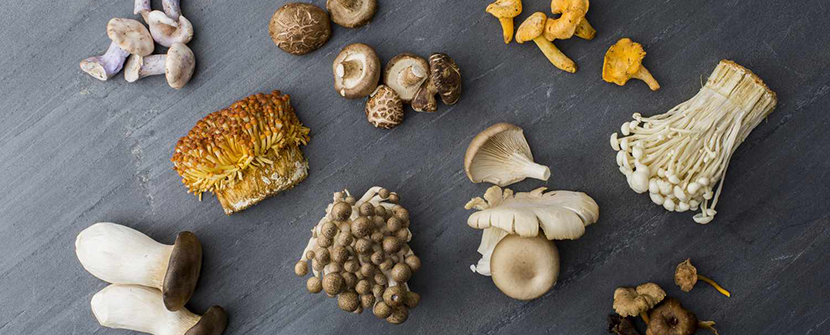
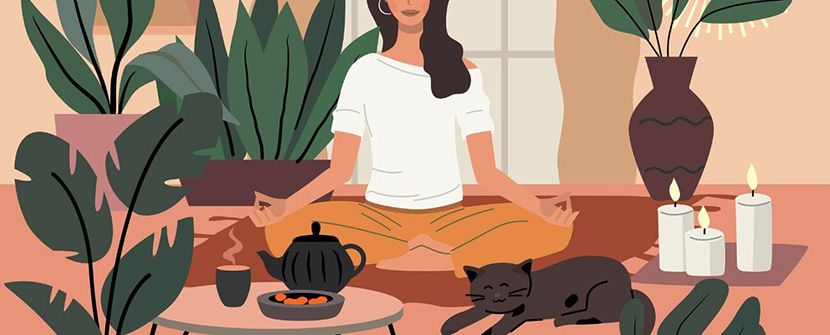
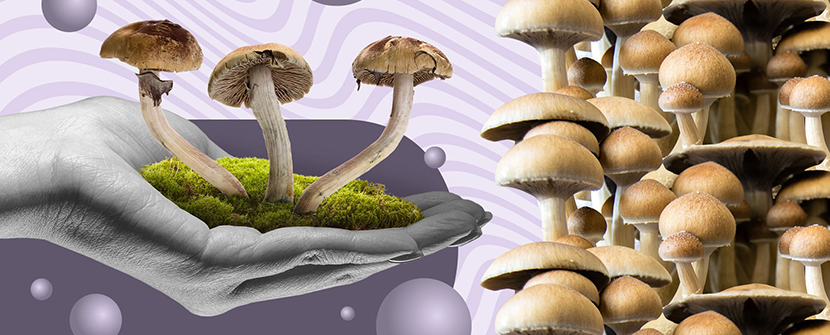
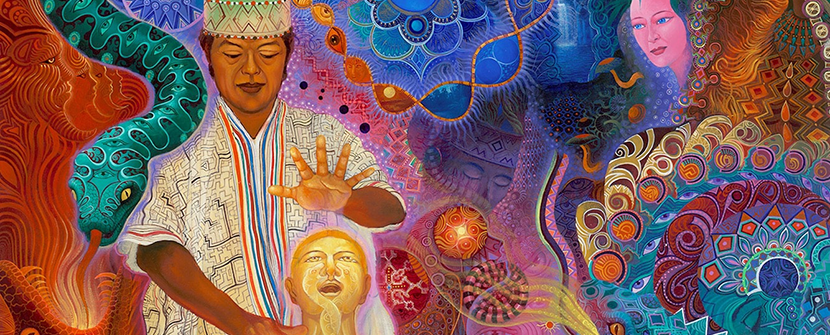
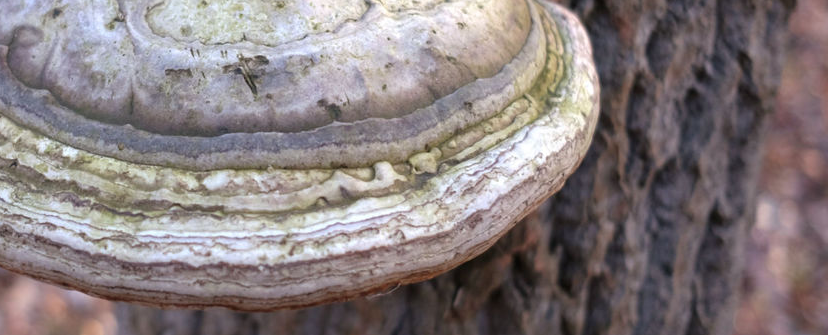
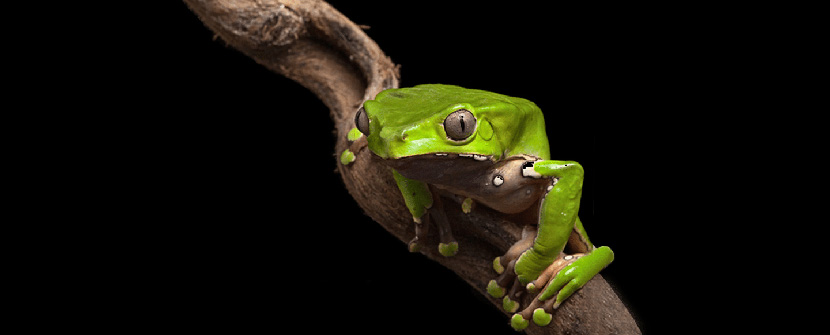

All About Lion's Mane
The Lion's Mane mushroom, scientifically known as Hericium erinaceus, is a unique and highly valued medicinal mushroom that has been used for centuries in traditional Chinese medicine. In this blog, we will explore the history, effects, benefits, and unique characteristics of the Lion's Mane mushroom.
History and Cultivation
The Lion's Mane mushroom has been used for medicinal purposes in traditional Chinese medicine for over a thousand years. It is native to Asia, Europe, and North America and can be found growing on dead or dying hardwood trees. Today, the Lion's Mane mushroom is widely cultivated and is available in many forms, including dried mushrooms, extracts, and supplements.
Appearance and Characteristics
The Lion's Mane mushroom is characterized by its unique appearance, which resembles a white, furry lion's mane. It has a soft, delicate texture and a slightly sweet, nutty flavor. The mushroom can grow up to 30 centimeters in diameter and has long, dangling spines that resemble hair.
Effects
The Lion's Mane mushroom is known for its potential cognitive benefits, including improving memory, focus, and concentration. It has also been shown to have anti-inflammatory and antioxidant properties, which can help protect against neurodegenerative diseases and improve overall health. Some people also report feelings of relaxation and improved mood when consuming Lion's Mane mushrooms.
Benefits
Research has shown that the Lion's Mane mushroom may have potential therapeutic benefits for a range of health conditions, including Alzheimer's disease, Parkinson's disease, multiple sclerosis, and anxiety and depression. It has also been shown to help improve overall immune function, digestive health, and heart health.
What Makes Them Unique
The Lion's Mane mushroom is unique in that it contains a group of compounds called erinacines and hericenones, which have been shown to stimulate the growth of nerve cells in the brain and improve overall cognitive function. This makes it a promising alternative treatment for a range of neurological conditions, including dementia and Alzheimer's disease. Additionally, the Lion's Mane mushroom is a highly nutritious food, containing a range of vitamins, minerals, and antioxidants that can help improve overall health.
In conclusion, the Lion's Mane mushroom is a unique and highly valued medicinal mushroom that has been used for centuries in traditional Chinese medicine. While more research is needed to fully understand its potential therapeutic benefits, early studies suggest that it may have powerful effects on cognitive function, immune health, and overall well-being. Whether consumed as a supplement, extract, or as a culinary ingredient, the Lion's Mane mushroom is a delicious and nutritious addition to any diet.
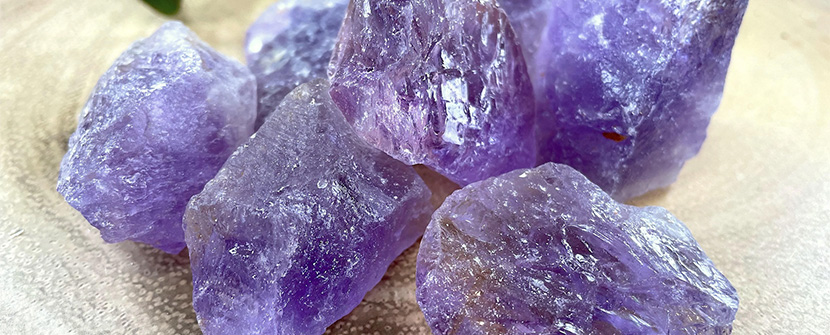
Ancient Symbols of Protection: Guardians from Bygone Eras
Have you ever been intrigued by the intricate symbols etched into ancient stones, embroidered on age-old tapestries, or prominently displayed in various historical artifacts? If the answer is yes, then you're not alone! The allure of ancient symbols is both timeless and universal. These enigmatic icons have, for millennia, fascinated scholars, spiritual seekers, and even the simply curious. Their charm often lies in the promise of something deeply profound—sometimes a cryptic message, and often, a shield against life's adversities.
Today, we are embarking on an exciting journey that takes us back through the corridors of time, exploring these enduring emblems of safety and well-being. Whether you're a history buff, a spiritual seeker, or just someone looking for an interesting read, this post aims to delve into the mystical realm of ancient symbols that have served as spiritual guardians. From the banks of the Nile to the frigid landscapes of Scandinavia, from the sun-kissed lands of ancient Greece to the mysterious groves of the Celts, these symbols have provided an ethereal layer of protection against both seen and unseen forces.
So let's buckle up and set our sights on these fascinating protective symbols that our ancestors revered, symbols that have transcended centuries to captivate our imaginations even today.
1. Eye of Horus (Wadjet) – The All-Seeing Egyptian Eye
Ancient Egypt, a civilization synonymous with pyramids, mummies, and cryptic hieroglyphs, bequeathed to us the Eye of Horus. Rooted in mythology, the Eye represents protection, health, and royal power. It's said that Horus, the falcon-headed god, lost his eye in battle. Miraculously restored, the Eye transformed into a potent amulet. Today, it's an iconic symbol, reminding us of Egypt's majestic legacy.
2. Ankh – The Egyptian Key of Life
Yet another gem from the Nile's banks! The Ankh, often mistaken for a fancy cross, epitomizes life and immortality. It also symbolizes death, rebirth, and the union of opposites. Pharaohs were often depicted with the ankh, indicating their divine connection and protection in life and afterlife.
3. Norse Aegishjalmur – The Helm of Awe
The fierce Vikings, intrepid explorers, and warriors of the North, held the Aegishjalmur in high esteem. Comprising eight spiked tridents radiating from a central point, this symbol was believed to provide invincibility in battle and protection from adversaries. Ancient Norse sagas are rife with tales of warriors emboldened by the Helm of Awe's magic.
4. Greek Evil Eye (Matiasma) – Warding Off Malevolent Gazes
In sun-kissed ancient Greece, where gods mingled with mortals, the Evil Eye or Matiasma was both a curse and a protective emblem. It was thought that envious glances could bring misfortune. To counter this, talismans depicting a blue and white eye were ubiquitously used. Today, this symbol remains popular, adorning homes and jewelry across the Mediterranean and beyond.
5. Celtic Knots – Tying the Bonds of Protection
The Celts, with their druids and mystical groves, believed in the protective power of endless loops. Celtic knots, with their intricate patterns lacking a clear beginning or end, represented eternity, continuity, and protection. The Shield Knot, a specific type of Celtic knot, was especially used as a protective emblem against evil spirits.
6. Pentacle – Five Points of Guard
An ancient symbol adopted by various cultures, from the mystic Druids to the Greeks, the pentacle is a circle embracing a five-pointed star. Each point of the star symbolizes one of the elements: earth, air, fire, water, and spirit. Its continuous line offers protection, harmony, and balance between these elements.
7. Solomon’s Seal – The Divine Geometry
King Solomon, the wise biblical king, is said to have possessed a signet ring engraved with a symbol known as Solomon’s Seal. This hexagonal star pattern, made of two interlocking triangles, is believed to be a powerful protective talisman, fending off terrestrial and supernatural dangers.
8. Swastika – Before the Darkness
Centuries before its misuse in the 20th century, the swastika was a symbol of auspiciousness, prosperity, and protection across multiple ancient cultures, from the Indian subcontinent to the Celts. Its four arms, rotating around a pivot, embodied the cycle of life, seasons, and the interconnectedness of all beings.
Wrap Up:
History, with its myriad tales, cultures, and mysteries, offers us a treasure trove of symbols. These protective symbols, each echoing the ethos and beliefs of the era and region they hail from, serve as links to our collective past. They remind us of humanity's innate desire for safety, harmony, and the spiritual connections that have always been sought to guard against the unknown.
Whether you're an enthusiast of history, a lover of mysteries, or someone seeking spiritual emblems, these symbols resonate even today. Perhaps they remind us that protection, in its many forms, is a universal pursuit, transcending time and geography.
Stay enchanted, and until next time, journey safely with the guardians of the past by your side!
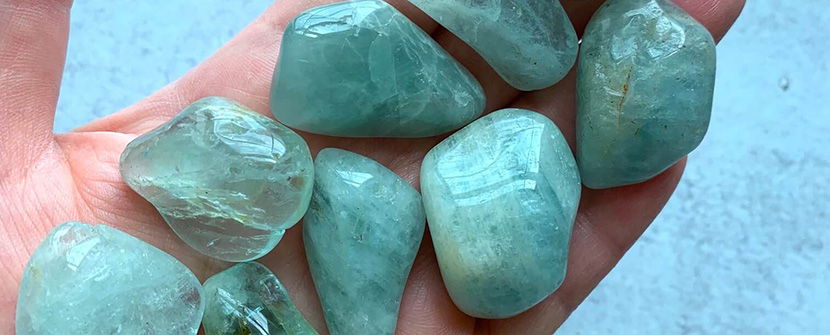
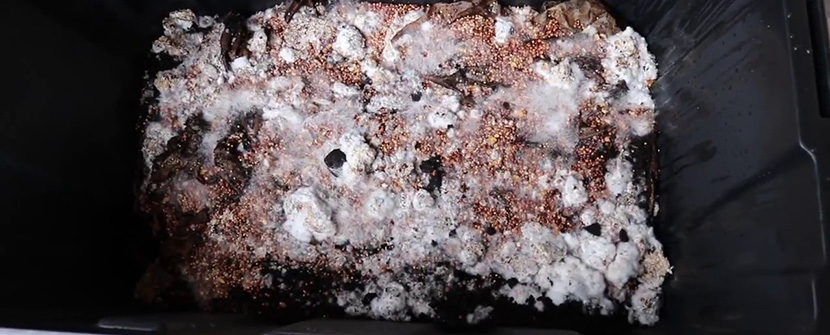
Avoid Contamination while Growing Mushrooms
UnpublishedHey, mushroom lovers! Do you want to grow your own mushrooms at home, but worry about contamination ruining your crop? Well, fear not, because I'm here to share some tips on how to avoid contamination and enjoy fresh, delicious mushrooms all year round.
First of all, what is contamination and why is it bad?
Contamination is when unwanted microorganisms, such as bacteria, mold, or yeast, invade your mushroom substrate or spawn and compete with the mushroom mycelium for nutrients and space. This can result in poor or no mushroom growth, unpleasant smells, and even health hazards if you accidentally eat contaminated mushrooms.
So, how can you prevent contamination from happening?
Here are some steps you can take to ensure a clean and successful mushroom cultivation:
- Choose a suitable substrate and pasteurize it.
A substrate is the material that provides food and water for the mushroom mycelium. Different types of mushrooms prefer different substrates, such as straw, sawdust, wood chips, coffee grounds, etc. You can find many recipes online for making your own substrate mix. Whatever substrate you choose, you need to pasteurize it before inoculating it with mushroom spawn. Pasteurization is the process of heating the substrate to a certain temperature for a certain time to kill any unwanted microorganisms that may be present. You can pasteurize your substrate in various ways, such as boiling it in water, steaming it in a pot, or baking it in an oven. Just make sure you don't overcook it or dry it out too much.
- Use high-quality mushroom spawn and store it properly.
Mushroom spawn is the material that contains the mushroom mycelium that you will use to inoculate your substrate. You can buy mushroom spawn from reputable suppliers online or in stores, or you can make your own from spores or tissue samples. Either way, you need to make sure that your mushroom spawn is fresh, healthy, and free of contamination. You can check this by looking at the color, texture, and smell of the spawn. It should be white or cream-colored, fluffy or stringy, and have a mild earthy or mushroomy smell. If it is any other color, slimy or dry, or has a sour or rotten smell, then it is probably contaminated and should be discarded. You also need to store your mushroom spawn in a cool and dark place until you are ready to use it.
- Work in a clean and sterile environment.
This is probably the most important step to avoid contamination. You need to work in a place that has minimal dust, dirt, and air currents that could carry unwanted microorganisms to your substrate or spawn. You also need to sterilize your tools and equipment, such as jars, bags, knives, scissors, etc., before using them. You can do this by boiling them in water, wiping them with alcohol, or using a pressure cooker or autoclave if you have one. You also need to wear gloves and a mask when handling your substrate or spawn, and wash your hands thoroughly before and after working.
Monitor your mushroom growth and spot any signs of contamination.
After inoculating your substrate with mushroom spawn, you need to keep an eye on your mushroom growth and watch out for any signs of contamination. Some common signs are:
-
Off-colors:
If you see any colors other than white or cream on your substrate or spawn, such as green, blue, black, yellow, or pink, then you have a contamination problem. These are usually molds that can spread quickly and ruin your entire batch.
-
Bad smells:
If you smell anything other than a mild earthy or mushroomy odor from your substrate or spawn, such as vinegar, ammonia, cheese, or rotting meat, then you have a contamination problem. These are usually bacteria or yeast that can produce harmful toxins and gases.
-
Slow or no growth:
If your mushroom mycelium is not growing well or at all on your substrate after a few weeks of inoculation, then you may have a contamination problem. This could mean that your substrate is too dry or wet, too hot or cold, or has been overtaken by other microorganisms.
If you spot any signs of contamination on your substrate or spawn, you need to act fast and isolate the affected area from the rest of your batch. You can try to cut out the contaminated part with a sterile knife and dispose of it safely in a sealed bag or container. You can also try to salvage the healthy part by transferring it to a new pasteurized substrate in a new sterile container. However, sometimes it may be too late to save your crop and you may have to start over from scratch.
I hope these tips help you avoid contamination and grow healthy and tasty mushrooms at home. Remember to always be careful and clean when working with mushrooms and enjoy the fruits of your labor!
